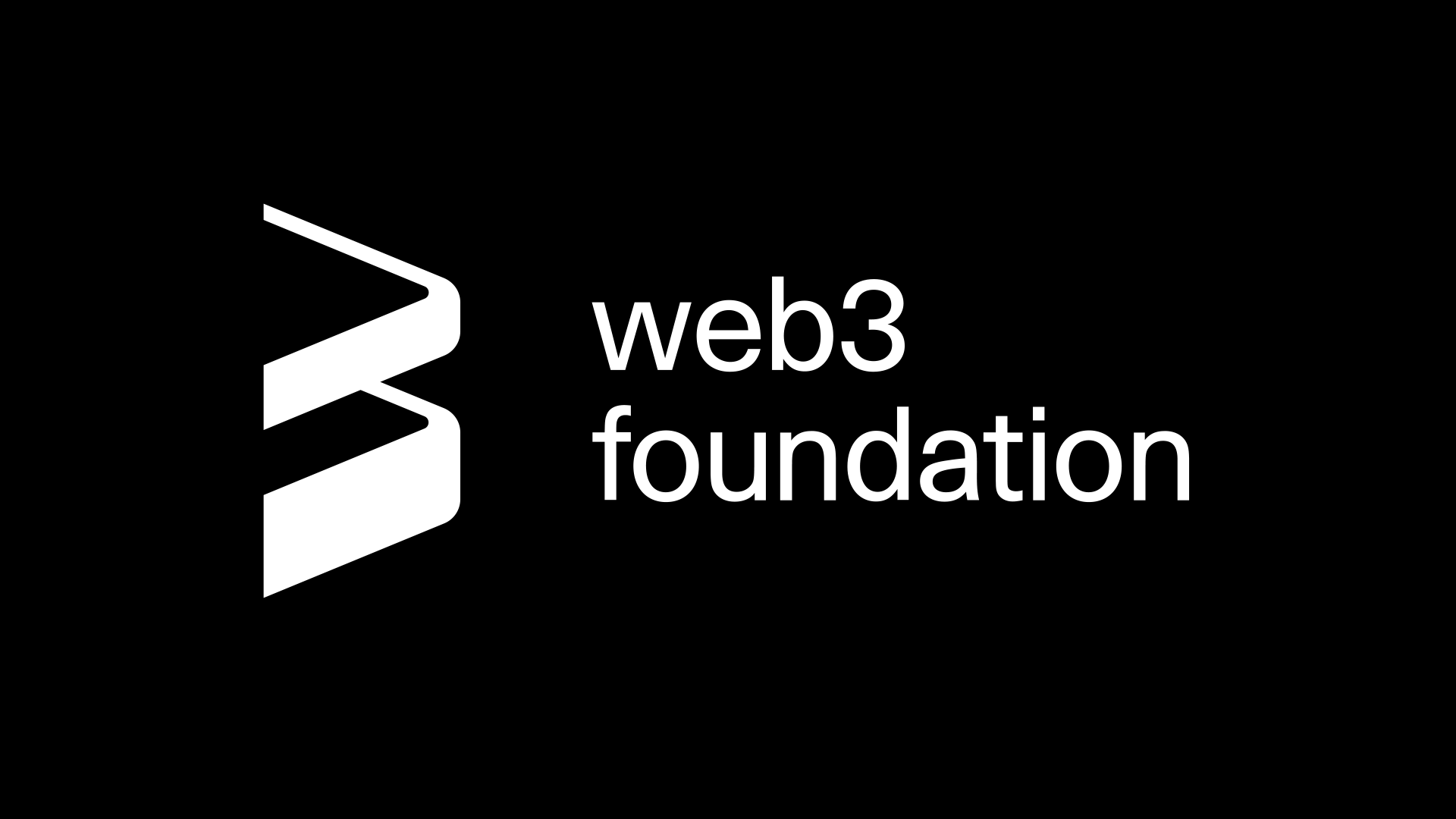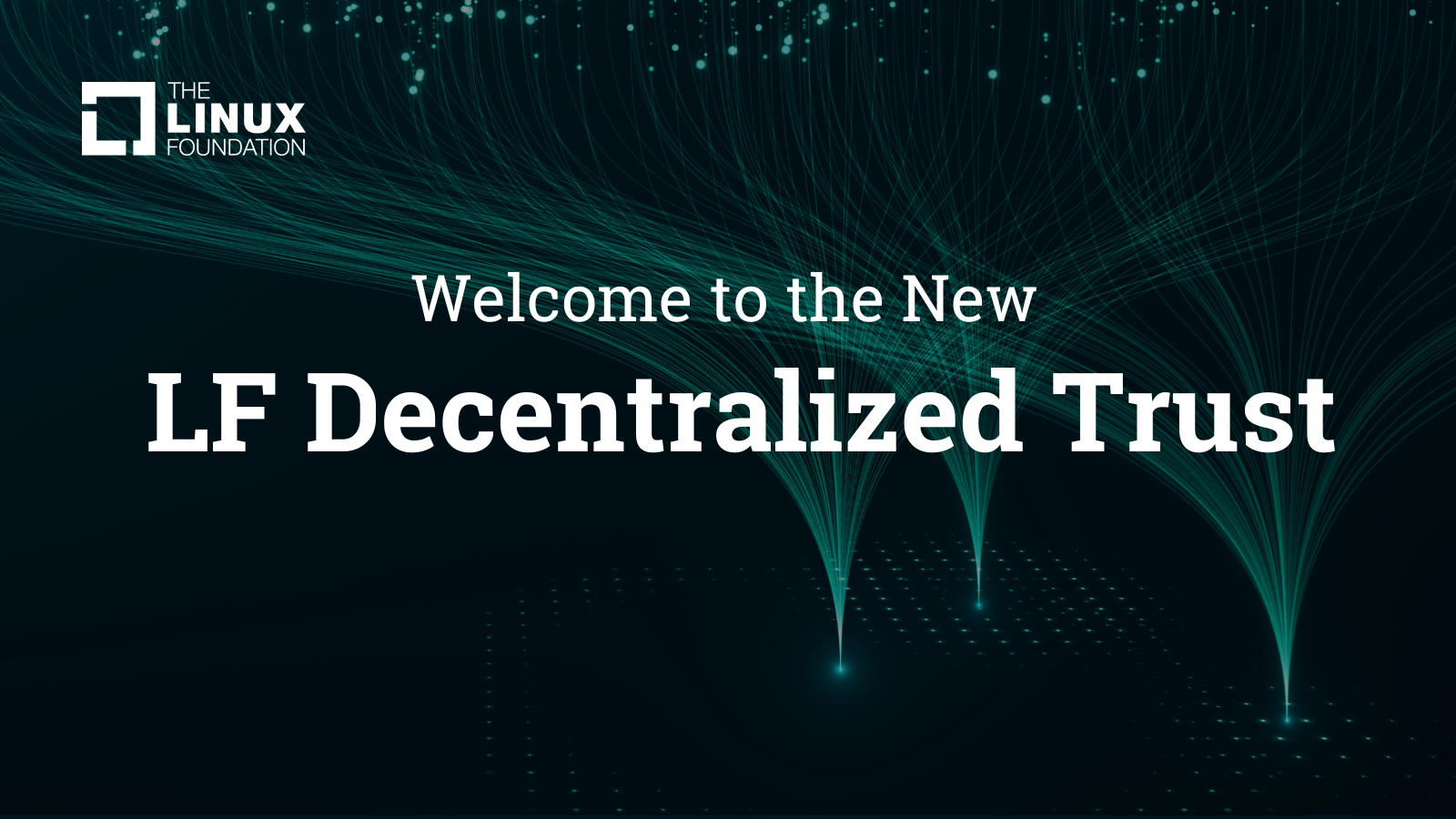“Web3 Infrastructure: The Foundation of a Decentralized Future
Artikel Terkait Web3 Infrastructure: The Foundation of a Decentralized Future
- Land Tokenization: Unlocking Liquidity, Transparency, And Accessibility In Real Estate
- NFT Rarity: Unlocking Value In The Digital Collectibles World
- 1/1 NFTs: The Pinnacle Of Digital Art Ownership
- Web3 Gaming: A New Frontier In Play-to-Earn And Decentralized Entertainment
- Digital Real Estate: A Comprehensive Guide To Investing In The Virtual World
Table of Content
Video tentang Web3 Infrastructure: The Foundation of a Decentralized Future
Web3 Infrastructure: The Foundation of a Decentralized Future

Web3, the next iteration of the internet, promises a decentralized, transparent, and user-centric digital landscape. However, realizing this vision hinges on a robust and scalable infrastructure that can support the unique demands of decentralized applications (dApps), blockchain networks, and the broader Web3 ecosystem. This article delves into the critical components of Web3 infrastructure, exploring its challenges, key players, and the path toward a truly decentralized future.
What is Web3 Infrastructure?
Web3 infrastructure encompasses the underlying technologies, protocols, and services that enable the development, deployment, and operation of decentralized applications and networks. It’s the foundation upon which the entire Web3 ecosystem is built. Unlike Web2, where centralized entities control the infrastructure, Web3 aims for a more distributed and permissionless model.
Key Components of Web3 Infrastructure
-
Blockchain Protocols:
- Layer 1 Blockchains: These are the foundational blockchains like Ethereum, Solana, Cardano, and Polkadot. They provide the base layer for transaction processing, smart contract execution, and data storage. Each Layer 1 blockchain has its own consensus mechanism (e.g., Proof-of-Work, Proof-of-Stake), governance model, and ecosystem of tools and applications.
- Layer 2 Scaling Solutions: Layer 2 solutions aim to improve the scalability and transaction speed of Layer 1 blockchains. Examples include:

- Rollups: These bundle multiple transactions into a single transaction on the Layer 1 chain, reducing congestion and gas fees. Optimistic rollups and zero-knowledge rollups (zk-rollups) are two main types.
- Sidechains: Independent blockchains that run parallel to the main chain and communicate with it periodically.
- State Channels: Allow parties to transact off-chain and only submit the final state to the main chain.

-
Decentralized Storage:
- IPFS (InterPlanetary File System): A peer-to-peer, content-addressed protocol for storing and sharing files. It eliminates the need for centralized servers, making data more resilient and censorship-resistant.
- Filecoin: A decentralized storage network that incentivizes users to provide storage space in exchange for FIL tokens. It offers a marketplace for storage and retrieval services.
- Arweave: A permanent storage solution that stores data indefinitely using a one-time payment model.

-
Decentralized Computing:
- Decentralized Virtual Machines (VMs): Platforms like Ethereum Virtual Machine (EVM) and WebAssembly (WASM) allow developers to execute smart contracts and dApps in a decentralized manner.
- Decentralized Compute Networks: Projects like Golem and Akash Network provide a marketplace for computing power, enabling users to rent out their idle resources and developers to access affordable computing.
-
Oracles:
- Data Feeds: Oracles bridge the gap between blockchains and the real world by providing external data to smart contracts. Chainlink is a leading oracle network that provides secure and reliable data feeds for various applications, including DeFi, insurance, and supply chain management.
-
Identity and Authentication:
- Decentralized Identifiers (DIDs): DIDs are unique identifiers that enable users to control their digital identities without relying on centralized authorities.
- Verifiable Credentials (VCs): VCs are digital credentials that can be verified cryptographically, allowing users to prove their identity and attributes without revealing sensitive information.
-
Developer Tools and APIs:
- Blockchain-as-a-Service (BaaS): Platforms like Infura and Alchemy provide developers with easy access to blockchain nodes and APIs, simplifying the process of building and deploying dApps.
- Smart Contract Development Tools: Tools like Truffle, Hardhat, and Remix help developers write, test, and deploy smart contracts.
- SDKs and Libraries: Software development kits (SDKs) and libraries provide pre-built components and functions that developers can use to accelerate the development process.
Challenges in Web3 Infrastructure
-
Scalability:
- Transaction Throughput: Many blockchains struggle to handle a large number of transactions per second, leading to congestion and high gas fees.
- Data Storage: Storing large amounts of data on-chain can be expensive and inefficient.
- Compute Capacity: Executing complex computations on-chain can be resource-intensive.
-
Security:
- Smart Contract Vulnerabilities: Smart contracts are susceptible to bugs and vulnerabilities that can be exploited by attackers.
- 51% Attacks: In Proof-of-Work blockchains, a malicious actor who controls more than 50% of the network’s computing power can manipulate the blockchain.
- Data Integrity: Ensuring the integrity and authenticity of data stored on decentralized storage networks is crucial.
-
Usability:
- Complexity: Web3 technologies can be complex and difficult to understand for non-technical users.
- User Experience: Many dApps have poor user interfaces and require users to manage cryptographic keys and wallets.
- Gas Fees: High gas fees can make dApps expensive to use.
-
Regulation:
- Uncertainty: The regulatory landscape for Web3 is still evolving, creating uncertainty for developers and businesses.
- Compliance: Complying with regulations can be challenging for decentralized applications.
Key Players in Web3 Infrastructure
- Blockchain Protocols: Ethereum, Solana, Cardano, Polkadot, Avalanche, Binance Smart Chain.
- Layer 2 Scaling Solutions: Polygon, Optimism, Arbitrum, StarkWare, zkSync.
- Decentralized Storage: IPFS, Filecoin, Arweave, Sia.
- Decentralized Computing: Golem, Akash Network, iExec.
- Oracles: Chainlink, Band Protocol, API3.
- Identity and Authentication: Civic, Spruce, uPort.
- Developer Tools and APIs: Infura, Alchemy, QuickNode, Moralis.
The Future of Web3 Infrastructure
The future of Web3 infrastructure is likely to be characterized by:
- Increased Scalability: Layer 2 solutions and sharding will enable blockchains to handle a much larger number of transactions.
- Improved Interoperability: Cross-chain bridges and protocols will allow different blockchains to communicate and share data.
- Enhanced Security: Formal verification and advanced security audits will help prevent smart contract vulnerabilities.
- Better Usability: User-friendly wallets, interfaces, and abstraction layers will make Web3 more accessible to mainstream users.
- Greater Decentralization: More decentralized governance models and infrastructure will reduce the risk of censorship and control by centralized entities.
- Integration with AI and IoT: Web3 infrastructure will be integrated with artificial intelligence (AI) and the Internet of Things (IoT), enabling new applications and use cases.
Conclusion
Web3 infrastructure is the backbone of the decentralized web, enabling the development and deployment of innovative applications and services. While challenges remain in terms of scalability, security, usability, and regulation, the ongoing development and innovation in this space are paving the way for a more open, transparent, and user-centric internet. As Web3 matures, its infrastructure will become more robust, scalable, and accessible, unlocking the full potential of decentralized technologies and transforming the way we interact with the digital world. The evolution of Web3 infrastructure is not just a technological advancement; it’s a fundamental shift towards a more equitable and empowering digital future.
